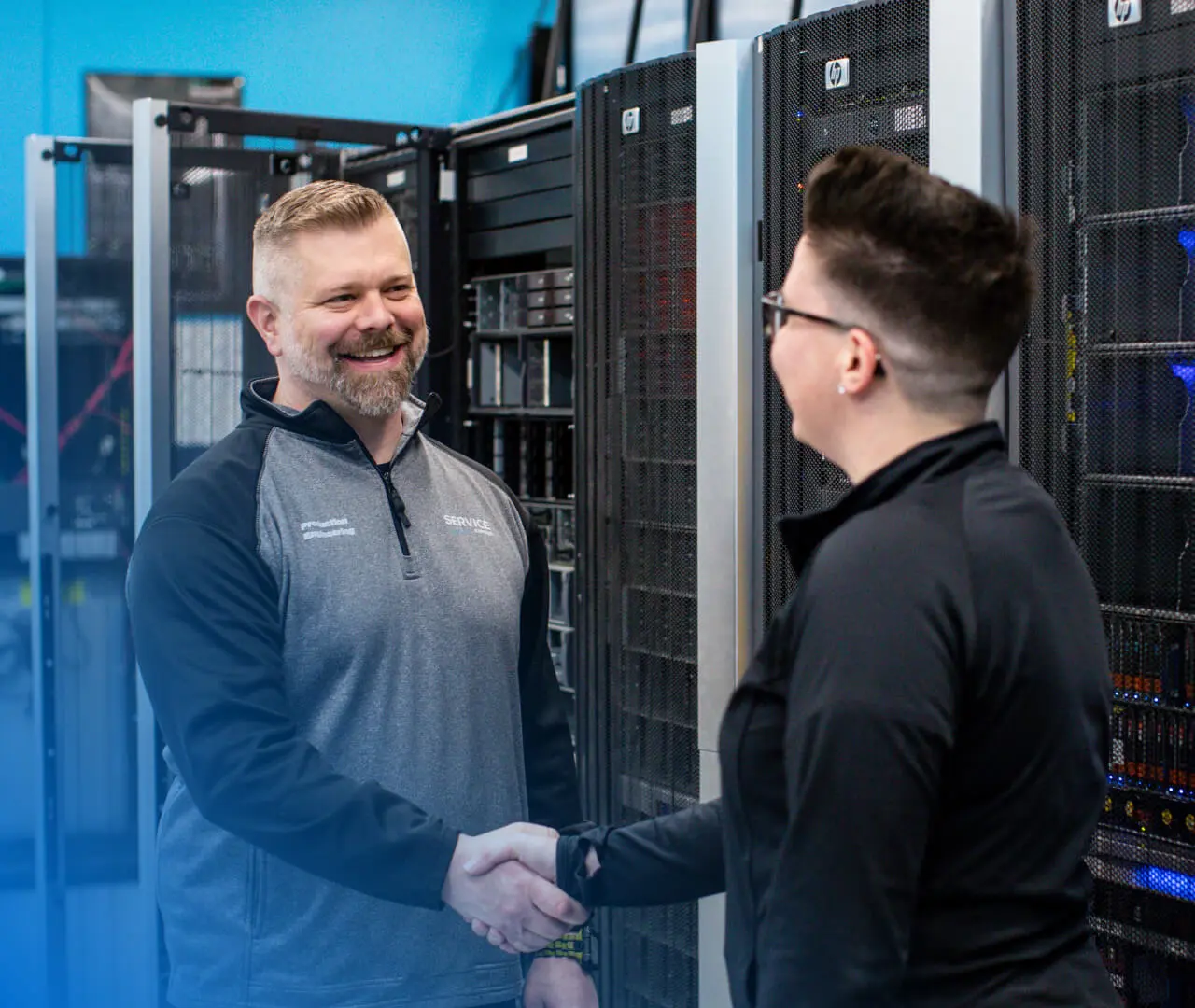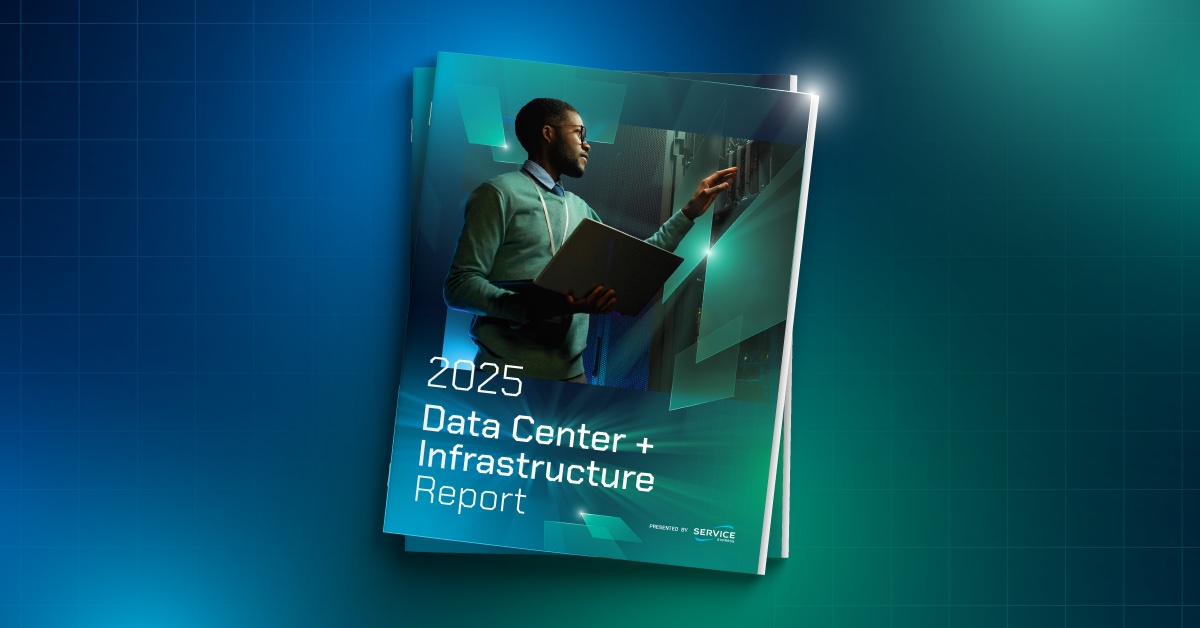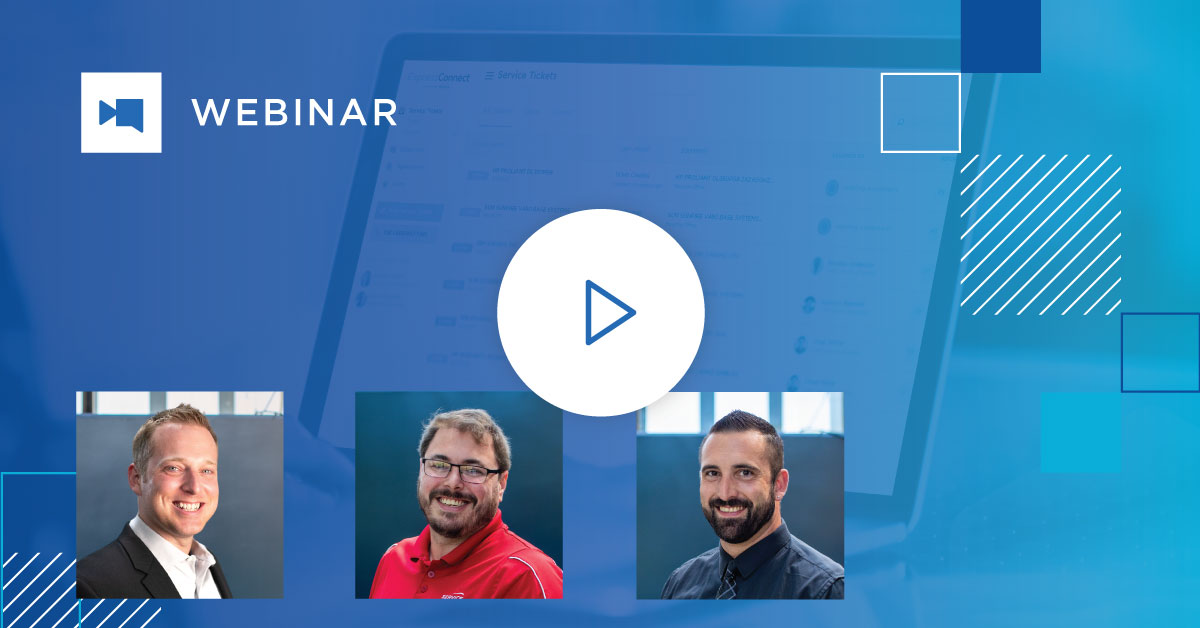Take a closer look at 6 common misconceptions about OEM data centre storage
- The truth behind OEM coverage
- Storage options to consider
- Questions to ask before signing your maintenance contract
Introduction
Managing the performance of storage systems in your data centre is a critical task that must be done effectively to organise and protect your information while maximising your investment. Finding the right equipment is key and when the original equipment manufacturer (OEM) sells you a storage solution that is up to the task, the initial experience can be smooth sailing. As the warranty expiration date or end of service life nears, however, you may encounter rougher seas. There could be a persistent call to replace your storage with the latest release, regardless of how your equipment is performing for you. Perhaps certain strong-arm techniques are being used to push you towards buying brand-new storage equipment.
It’s not difficult to understand why OEM maintenance seems to be the only option for your storage support solutions. The best way to combat the one-option-only illusion is to educate yourself. The following fact-finding mission will help you rethink OEM and third-party maintenance (TPM) storage options to ensure you are making the best decision for you and your company.
6 OEM myths to question
- Don’t extend warranty support; it’s better to buy new.
- It’s time to buy new when equipment is End-of-Life or End-of-Service-Life.
- Only the OEM can make updates to storage software.
- Support is always provided by an OEM engineer.
- OEM engineers are trained storage experts with insider knowledge.
- The best service delivery is provided by the OEM.
MYTH 1: “When your OEM storage maintenance contract expires, the smart spend is on upgrading to brand-new equipment instead of shouldering the high cost of post-warranty support.”
FACT: OEM storage maintenance can be prohibitively expensive and they can make it seem like buying new equipment is the best option. However, not all maintenance pricing is created equal.
The OEM is in the business of selling hardware. OEMs are motivated to continuously sell you new storage equipment, not to encourage you to hold onto older, still-working tech. This may explain why OEM post-warranty storage costs spike sharply after your three-year contract runs its course. In comparison, buying new may seem like the reasonable and financially sound choice.
However, the cost of a new enterprise-level system is incredibly high. There’s endless research and long-term quality built into storage equipment, which also makes it a good candidate for a longer lifecycle. To avoid choosing between high data centre maintenance costs or an even higher equipment purchase price, you owe it to yourself to look outside your most obvious choice (the OEM) for reliable storage support. Consider a third-party maintenance option.
You can keep your current storage environment for an additional four to six years for pennies in the pound by moving your service maintenance to a third-party maintenance provider.
According to Forrester, 80% of people are unaware that there are alternatives to OEM maintenance. Make sure you belong to the 20% who have vetted all the options when it comes to data centre storage support.
80%
of people are unaware that there are alternatives to OEM maintenance
Takeaway:
You can avoid the high cost of post-warranty OEM maintenance without compromising service or reliability by using a third-party maintenance provider.
MYTH 2: “You must upgrade to new storage equipment once your current hardware reaches EOL or EOSL.”
FACT: According to Gartner, the useful life of storage hardware is 7-10 years.
Let’s start by taking a look at how the OEM uses the terms End of Life (EOL) and End of Service Life (EOSL). EOL and EOSL both indicate the OEM’s move away from selling and servicing an existing system. As equipment goes EOL or EOSL, the OEM wants to switch you over to new tech, because its business model rests squarely on the sale of new hardware.
You can look at EOL and EOSL in another way, too. End-of-Life can also mean End-of-Development (EOD) – meaning that the equipment is typically in a stable release. The bugs are fixed and no future updates are needed. And End-of-Service-Life specifically means that the OEM has a fixed date when it will no longer offer its own high-priced version of support.
While the OEM may caution you about parts availability for EOL and EOSL equipment, the fact is that third-party maintenance providers have multiple resource channels and supply lines to ensure access to the right parts that will keep you up and running. Third-party maintenance providers meticulously test refurbished parts to deliver reliable hard drives, service processors, controllers, power supplies, air movement devices and many other commonly replaced components.
It may seem that the older a storage unit is the less reliable it is – untrue! Drives are the most replaced piece of hardware in storage, so you can expect them to fail. But failure rates increase slowly as equipment ages. So at year eight, you can expect a similar rate of failure in your devices as you would at year three. Using experience and log histories, a third-party maintenance provider can proactively identify problematic drives and replace them to avoid disruptions. For most storage systems, proper maintenance means you can count on the same level of reliability throughout its operational life.
Eventually you will need to make a change to keep pace with growth or OS compatibility. The good news is that you can still avoid the high cost of purchasing the latest storage system. You can choose to upgrade or go with a newer (it doesn’t have to be the newest) generation of storage equipment that improves capacity and speed at a fraction of the brand-new unit price.
If your equipment is nearing or in an EOL/EOSL phase, it does not mean you are without support options and must replace it.
Takeaway:
You can extend the life of your EOL and EOSL storage equipment without losing performance or increasing downtime by using a third-party maintenance provider at a fraction of OEM costs.
7-10
(years) – the useful life of hardware
Bonus Takeaway:
When you choose to replace your storage equipment, you can avoid
extra decommissioning costs charged by the OEM. Third-party maintenance providers often offer Asset Disposition & Data Destruction services that include convenient pick-up and secure disposal of retired equipment for little to no charge.
MYTH 3: “Software updates are essential and should always be installed by the OEM.”
FACT: Software updates aren’t always required to keep your storage equipment running smoothly. And although the OEM releases the updates, different parties can apply the updates for you.
Software/firmware/microcode concerns loom large for most data centre admins. Perhaps you have even considered a third-party maintenance provider, but your biggest reservation is losing access to patches and/or software upgrades for your storage should you move away from the OEM. But will you lose software updates if you switch to a third-party maintenance provider?
Can I still obtain software/firmware/microcode updates if I choose to go with third-party maintenance for my storage maintenance?
In most cases, as the equipment owner, you can still legally obtain updates for your storage environment. If not, the third-party maintenance provider will work with you to find a solution to access updates. This can sometimes come in the form of OEM VARs that can legally provide access to said updates through their partner relationship with the OEM. It is often the case that having a maintenance contract with the OEM is not required to legally obtain these updates. To determine your access, a third-party maintenance provider would review your storage environment and advise you accordingly.
Do I need the latest level of software/firmware/microcode?
While there are legitimate reasons for having the latest software/firmware/microcode – bug fixes, security concerns, need for compatibility with other pieces of the data infrastructure – there may be no real benefit to being at “the bleeding edge” of release levels for storage. Frequently new versions are not being released for equipment that has moved beyond OEM factory warranty. The fact is that many releases are put out solely for the ability to use new features or new types of hardware. If your environment is stable and not particularly dynamic, then most pf the time software/firmware/microcode updates are a moot point. This does not discount the need to address security concerns or usability issues, but other updates may not be necessary for you to continue using your existing storage environment.
Can third-party maintenance provide the level of expertise needed to do the “deep dive” type of analysis needed if an update were to cause an issue?
Third-party maintenance engineers stay informed of known issues, bugs, technical bulletins, etc. Relationships with OEM VARs allow third-party maintenance providers to escalate to the same back-end, high-level support available to OEM field service engineers.
In short, a third-party maintenance provider may very well be just as effective or sometimes more so at handling tough problems and unusual issues with storage array updates. A reputable, quality third-party support provider will make sure they have the processes in place to allow for the really deep issues to be worked to resolution, even if it requires escalation to a partner or the OEM.
Takeaways:
- Updates are often available even without an OEM warranty or maintenance contract coverage.
- These updates are not always necessary, however, especially for a storage product that is in a stable, established environment.
- Don’t be afraid to ask specific questions – no two scenarios are exactly the same (you may find third-party service is a viable option once you know all the facts about software/firmware/ microcode availability and necessity)
Safety and security patches are always accessible with third-party maintenance solutions
MYTH 4: “OEM support is always provided by an OEM engineer.“
FACT: OEMs often employ contract workers to maintain their equipment. You may already have first-hand experience with a non-OEM engineer.
You might be surprised to learn that the actual number of OEM-employed service engineers is quite low. To keep their own costs down, the OEMs may farm out a majority of their break/fix issues to contract engineers. The experience these contract engineers have with the equipment may be limited, along with their ability to resolve more complex problems.
Translation: You may not be getting service from an OEM engineer, but you are still paying premium OEM rates. There is a better solution with third-party maintenance.
Takeaway:
Ask the question – why pay a premium for OEM service that is available to you for less through third-party maintenance?
MYTH 5: “OEM service engineers are specially trained storage experts with exclusive insider knowledge.”
FACT: OEM “factory training” does not equate to “best in class”.
If your support engineer is an OEM employee (not a sub-contract engineer – see Myth 4 above), their technical expertise does not automatically reflect a greater level of knowledge or skill. By prioritising the development and sale of new equipment, OEMs tend to invest less in training and resources for support. Executing top-notch service can take a back seat to sales.
For engineers who can bring additional skills and experience to the table, you should be looking for a company with a business model focused on service. Downtime is too costly to go with second-best. Which is why reputable third-party maintenance providers’ engineers have the ability and extensive internal resources to support a variety of OEM equipment successfully.
Why does a comprehensive approach to problem-solving matter? It cuts down on delays, which means more uptime.
- An OEM engineer is only authorised to fix problems within certain parameters. If the cause of the problem is in question, time is wasted on deciding who will resolve it. If the problem is with another brand of equipment, the OEM engineer cannot step up.
- A third-party support engineer is empowered to solve a broader range of issues that fall into the “grey area”. Downtime is the common enemy and all efforts are directed to returning you to a fully operational status.
Takeaway:
Training and experience build expertise. When comparing your options, don’t hesitate to ask for specifics. What type of storage training and experience does the OEM vs. third-party maintenance have that can benefit your data centre?
MYTH 6: “For the best service, you should always choose the OEM.”
FACT: This old-school way of thinking is well outdated. Third-party support providers typically provide better service than the OEM.
As you compare the pricing breakdown between the OEM and a third-party maintenance provider, you may wonder what the savings will cost you in terms of service and reliability. The substantial cost difference is only one part of a true comparison. The difference in the approach and the service of your storage maintenance is also significantly different. While OEMs tend to get bogged down with the massive amount of service requests and phone calls, a third-party support solution has local staff dedicated to your specific needs, providing the right parts at the right time. Resulting in more uptime for your data centre.
Main takeaways
- OEMs focus on selling you new equipment at regular intervals, whether it is needed or not.
- Third-party maintenance providers focus on maintaining your post-warranty OEM server, storage and network equipment, until it truly is end-of-life and no longer working.
In the data centre, you need more than just a cost advantage. You need service that translates into less downtime, fewer headaches and more flexibility to meet the demands you’re facing.
Takeaway:
It’s possible for you to find a cost-effective storage maintenance solution without sacrificing service.
Third-party maintenance providers can offer you custom, creative, cost-effective options
Be a fact finder!
Don’t buy into the mind-set that there is only one option that fits your data centre storage needs.
In reality, Third-Party Maintenance provides you with a practical and beneficial alternative to standard OEM solutions. Before signing on for a brand-new storage equipment upgrade, base your decision on knowledge and analysis, take a second to look at all of your options.
Topics:




